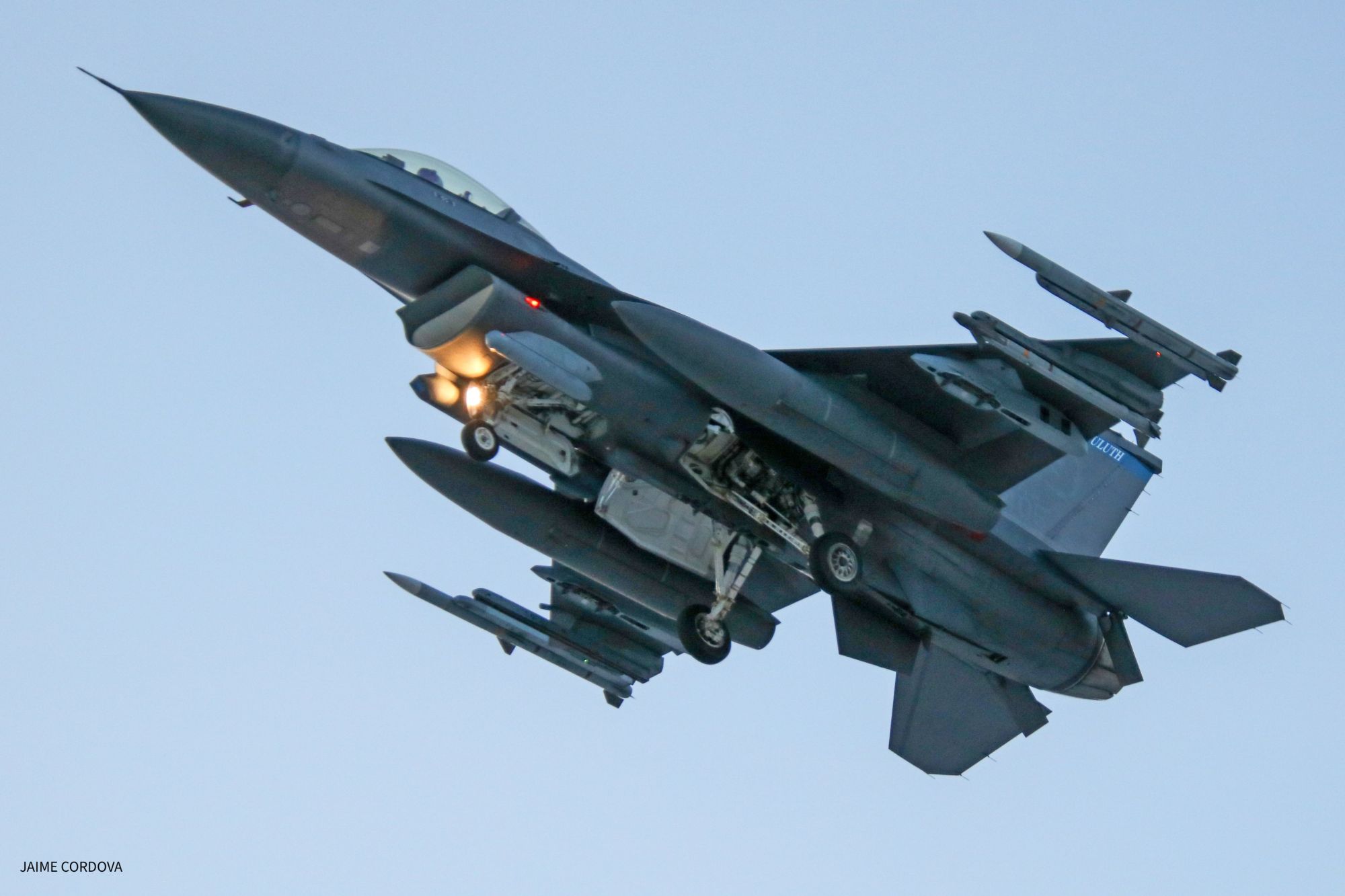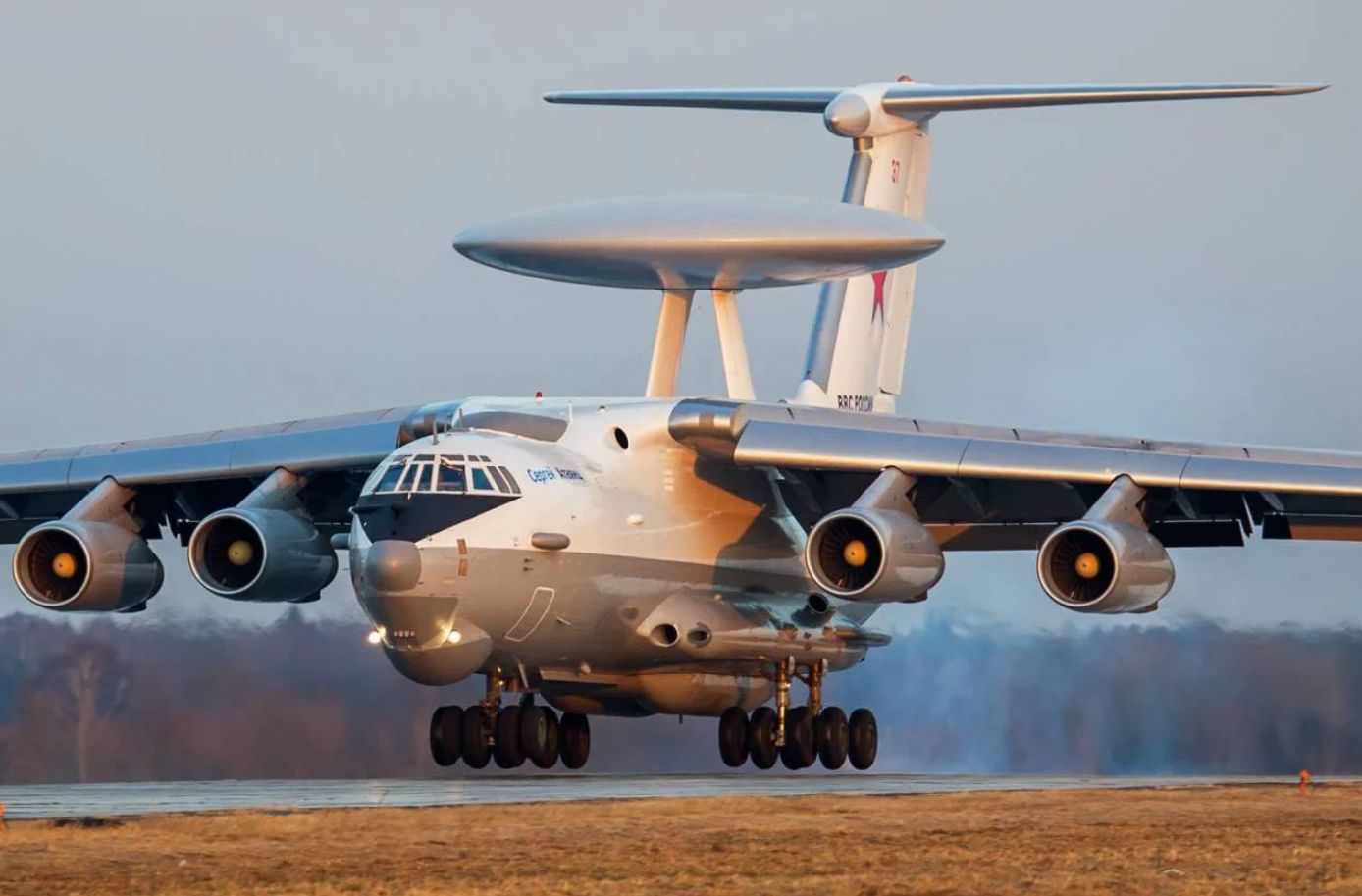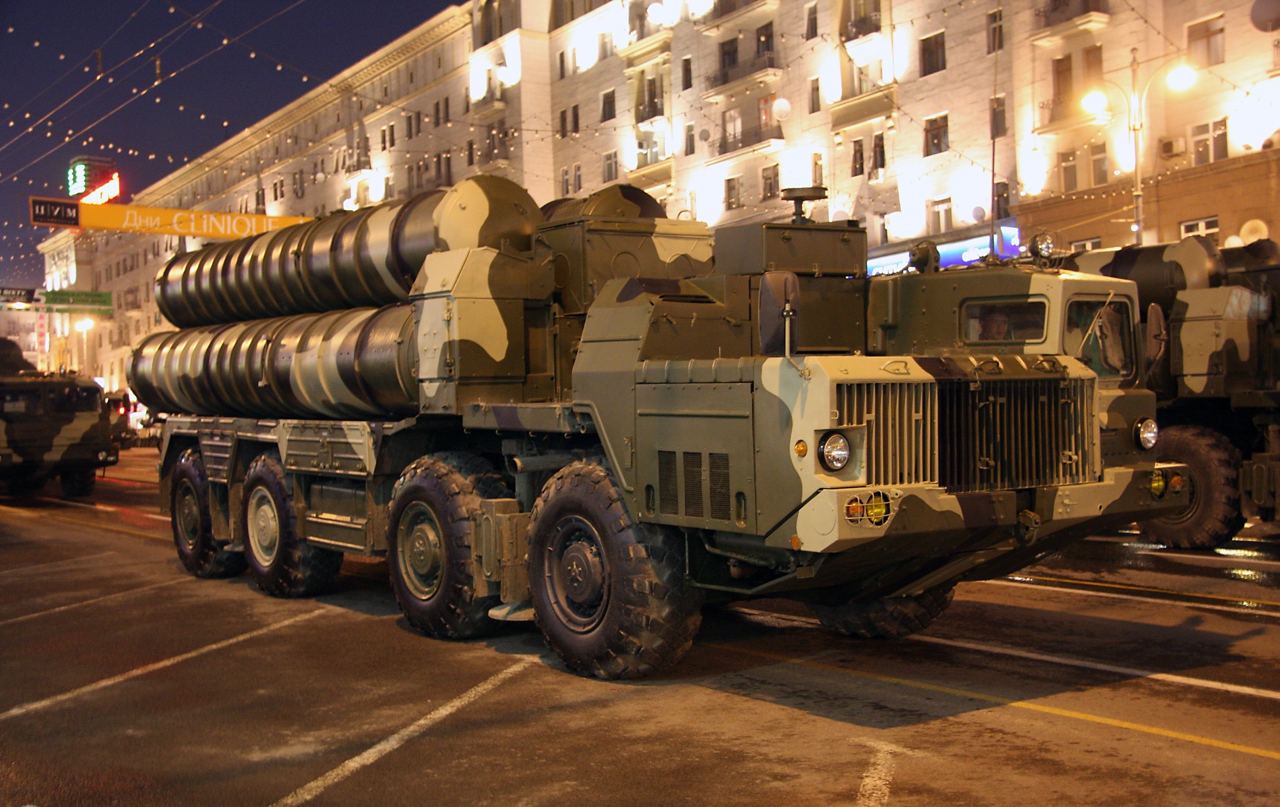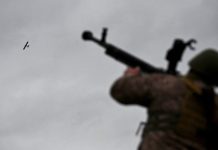More than a year after the Russian invasion of Ukraine, air superiority over the country remains elusive for ‘superpower’ Russia. This has led analysts to compare the situation with the US invasion of Iraq, as well as the NATO bombing campaign of former Yugoslavia, which resulted in complete air dominance and their eventual victory.
Ukraine Rubbishes US Report Claiming ‘Kinzhal Killer’ Patriot Missile System ‘Shot Down’ Russian Fighter Bomber
An article that appeared in a local Russian language media outlet drew parallels to highlight the shortcomings in the Russian air campaign and the strength of Ukraine’s defenses reinforced by the US-led NATO. The article went in-depth on Russia’s inability to control the sky, which increased the burden on infantry and armored combat.
In over a year-long Ukraine war, Russia’s advanced air force has been unable to establish air superiority over Ukraine primarily due to a meticulous deployment of air defenses in the war-torn country.
The situation is expected to be compounded by the arrival of F-16 fighter jets in Ukraine.
As the White House comes under increasing pressure from members of Congress and allies, the Biden administration has signaled to European allies recently that the US would permit them to export F-16 fighter jets to Ukraine, CNN reported citing some informed sources.
Dutch Prime Minister Mark Rutte announced earlier this month that the Netherlands was working with allies like Britain, Belgium, and Denmark to decide whether transferring F-16 fighter jets to Ukraine would be possible. Ukraine, on its part, is pushing for an international jet coalition to arm Kyiv with fighter jets.
In recent months, Ukraine has received MiG-29 fighter jets from NATO allies Poland and Slovakia, but its officials maintain that the F-16s fighter jets would be “four or five times” more effective than the Soviet-era legacy planes that the country currently operates.
Earlier, writing for Foreign Policy, Ukraine’s Foreign minister Dmytro Kuleba made a case for F-16s by saying, “Ukraine currently intercepts approximately 75 percent of them using ground-based systems, including those supplied by our partners, and with air-to-air missiles launched from Ukraine’s outdated Soviet-era jets.
“Unfortunately, approximately 25 percent still reach their targets. F-16s will operate as one combined system with ground-based air defense, allowing us to shoot down Russian missiles long before they kill someone or destroy another energy facility.”
Moreover, Kuleba also argued that Ukraine’s air force needs the F-16 fighter jets to support its missile and air defenses. He said while Ukraine has the capability of air denial, air parity remains out of the question.
With the aid of F-16s, the Ukrainian air force can command the sky, safeguard troops, lower casualties, and raise the likelihood that our pilots will make it out of dogfights alive, said Kuleba.
Until now, the Ukrainian air defenses have kept Russian aircraft behind the frontlines, forcing them to launch only stand-off cruise missile attacks that are mostly intercepted by tactically placed defense systems.
Although the role of Ukrainian air defenses has been studied far and wide in the context of the ongoing war, Russian military experts have called for a more deliberate analysis of how Ukraine has been able to deny air superiority to Russia by banking on the shortcomings of the Russian Aerospace Forces (VKS).

The Chink In Russia’s Armor
The analysis published in local media lists several reasons Russia has been unable to achieve air superiority against Ukraine, despite having one of the world’s most advanced air forces.
It breaks the situation down into two parts: the weakness in Russia’s air fleet and Ukraine’s combat strengths.
First, it says that Ukraine gets regular intelligence about the movement of Russian aircraft, the timing of their take-off, and their route.
Moreover, NATO’s electronic intelligence and early warning radar (AWACS) planes monitor Russian aircraft, allowing Ukrainian anti-aircraft missile systems (SAM) to operate without a radar station (RLS) and to detect a target and prepare for an ambush.
Second, it delves into the deficiency in Russia’s AWACS and reconnaissance capabilities. The article states that Russian aerial capability is severely limited by a small number and, apparently, the low efficiency of Russian AWACS aircraft, Electronic Intelligence aircraft, and aircraft of complex electronic, radar, and optoelectronic reconnaissance.
“In particular, it can be assumed that the existing AWACS aircraft of the A-50 family do not see targets well against the background of the surface, and their small number allows aircraft and helicopters of the Armed Forces of Ukraine to operate in those periods when Russian AWACS aircraft do not are on patrol, which is reported to the Armed Forces of NATO using RTR. The same applies to the Tu-214R – there are few of them, and the effectiveness is unclear,” it states.

Third, it points towards the lack of specialized electronic warfare aircraft, such as the American EA-18G Growler, which could protect Russian strike units from attacks by anti-aircraft-guided missiles (SAM). It highlights that the “hanging containers” make it difficult for them to constantly deal with the potent guidance radars of modern air defense systems.
Russia’s campaign is further exacerbated by the lack of low-observable aircraft equipped with contemporary electronic systems that can identify and destroy an enemy’s air defense radar with anti-radar missiles before the air defense system itself can do so.
Although there have been reports of Russia deploying its fifth-generation Su-57 aircraft, the use has reportedly been episodic since there aren’t enough of these for a full-fledged conflict. Additionally, there is uncertainty about its development and combat potential.
Further, the Ukrainian military has deployed several Soviet-era air defense systems since the beginning of the invasion, which have been integrated with the control systems of NATO countries. It also states that even though Russian forces have destroyed several air defense systems, Ukraine has received delivery of more cutting-edge Western air defense systems from its NATO allies.
Moreover, there have been reports that Ukraine has used inflatables to bait Russian UAVs and other guided missiles.
“It is long-range and medium-range air defense systems that largely determine the inability of the Russian Air Force to conduct massive air offensive operations, limited to strikes with long-range cruise missiles or actions near the front line, most often at low altitude.”
Ukraine Says No To Russian Air Superiority
The article also explores the efficacy of the Ukrainian Soviet-era air defense systems that have shown remarkable combat performance, emphasizing the S-300 and the Buk-M1 in the long and medium-range categories.
This category also includes the Western air defense systems like the NASAMS and the IRIS-T, the latter credited with shooting down the Russian Kh-101 missile. A special mention is given to the Patriot missile defense that has reportedly shot down the Kinzhal hypersonic missiles.
Then it moves on to the short-range air defense system category, which includes the Soviet Tor/Tor-M1 air defense systems, the Strela-10M, ZSU-23-4 “Shilka” self-propelled anti-aircraft guns, as well as the Osa-AKM air defense system. However, it does mention that due to their shorter range, they have been deployed to the frontlines, where several of them have been destroyed by Russian missile and UAV attacks.

The same category also includes the Aspide and the Crotale SAM systems delivered to Ukraine by NATO partners. In addition to the long-range and medium-range air defense systems, the Western countries supplied the Armed Forces of Ukraine with the American M1097 Avenger air defense systems and the British Stormer HVM air defense systems.
The next category includes the Man Portable Air Defense Systems (MANPADS) that Ukraine has extensively deployed. As part of short-range air defense, MANPADS like Strela-1/2/2M/3 MANPADS and the Igla-1 and the NATO-supplied Stinger MANPADS, British Starstreak MANPADS, French Mistral MANPADS, Polish Piorun MANPADS pose the greatest threat.
The saturated Ukrainian airspace has forced Russia to turn to cheap expendable kamikaze drones as well as aerial bombs that are launched from stand-off distances. Some reports stated that Russia had been fast exhausting its long-range missiles.
Leaked Pentagon documents had previously suggested that the air defense systems used by Ukraine were bracing toward an exhausted missile stockpile.
The article suggests that “for Russia, the destruction of the Ukrainian air defense system is a major task, the solution of which will quickly turn the tide of the war in our favor. This task is quite solvable, but it will require the attraction of significant resources, competent planning, and political will to make some very tough decisions.”
- Contact the author at sakshi.tiwari9555(at)gmail.com
- Follow EurAsian Times on Google News




